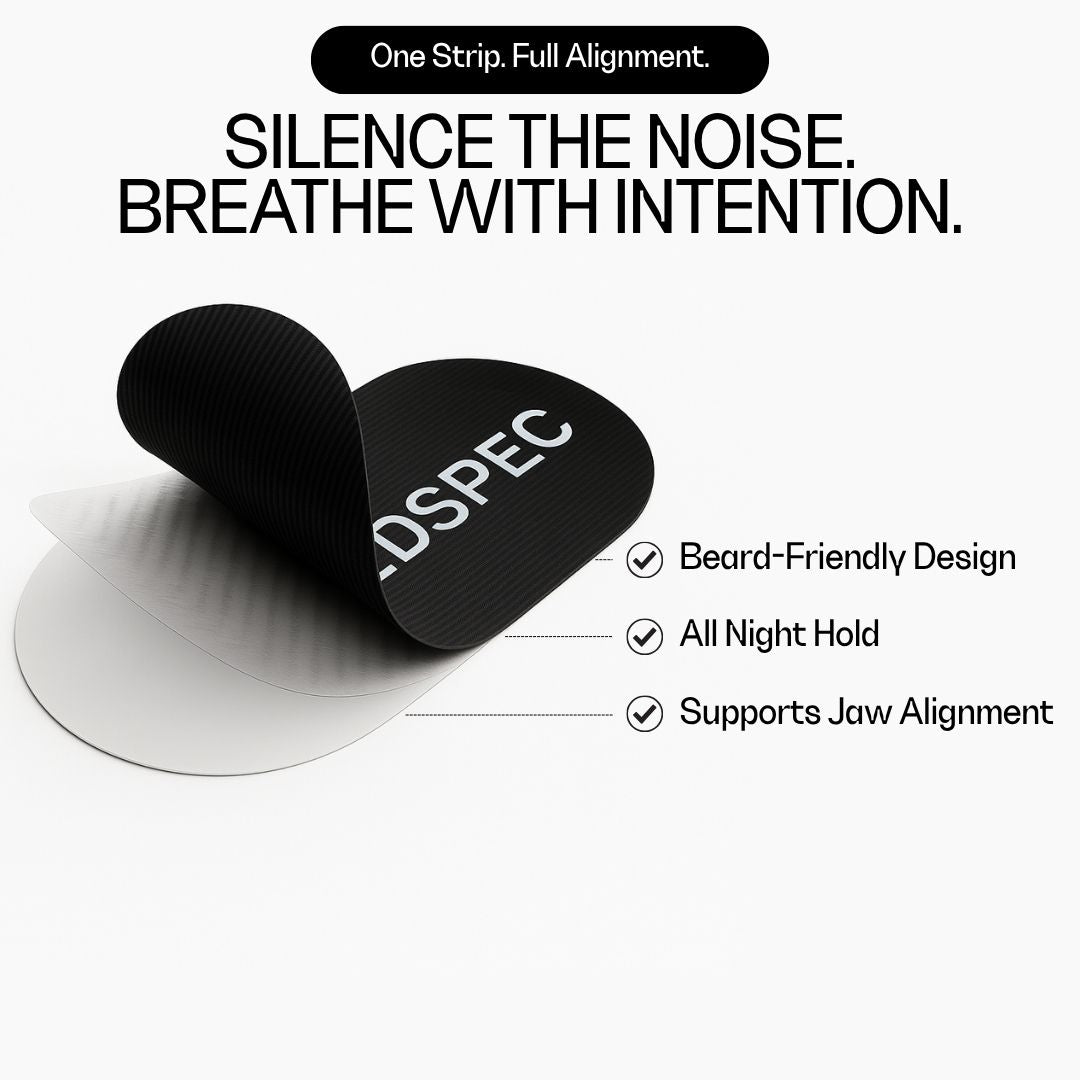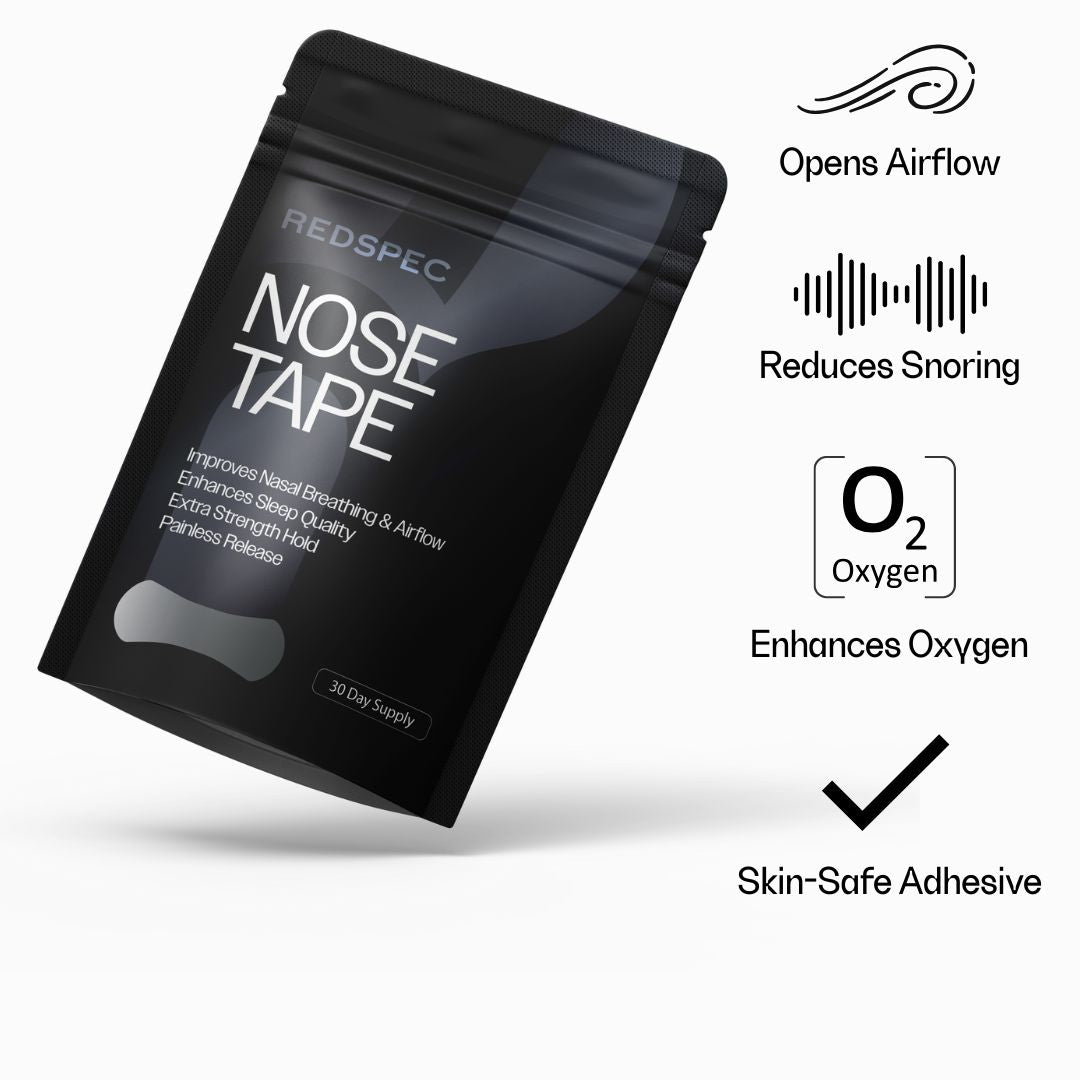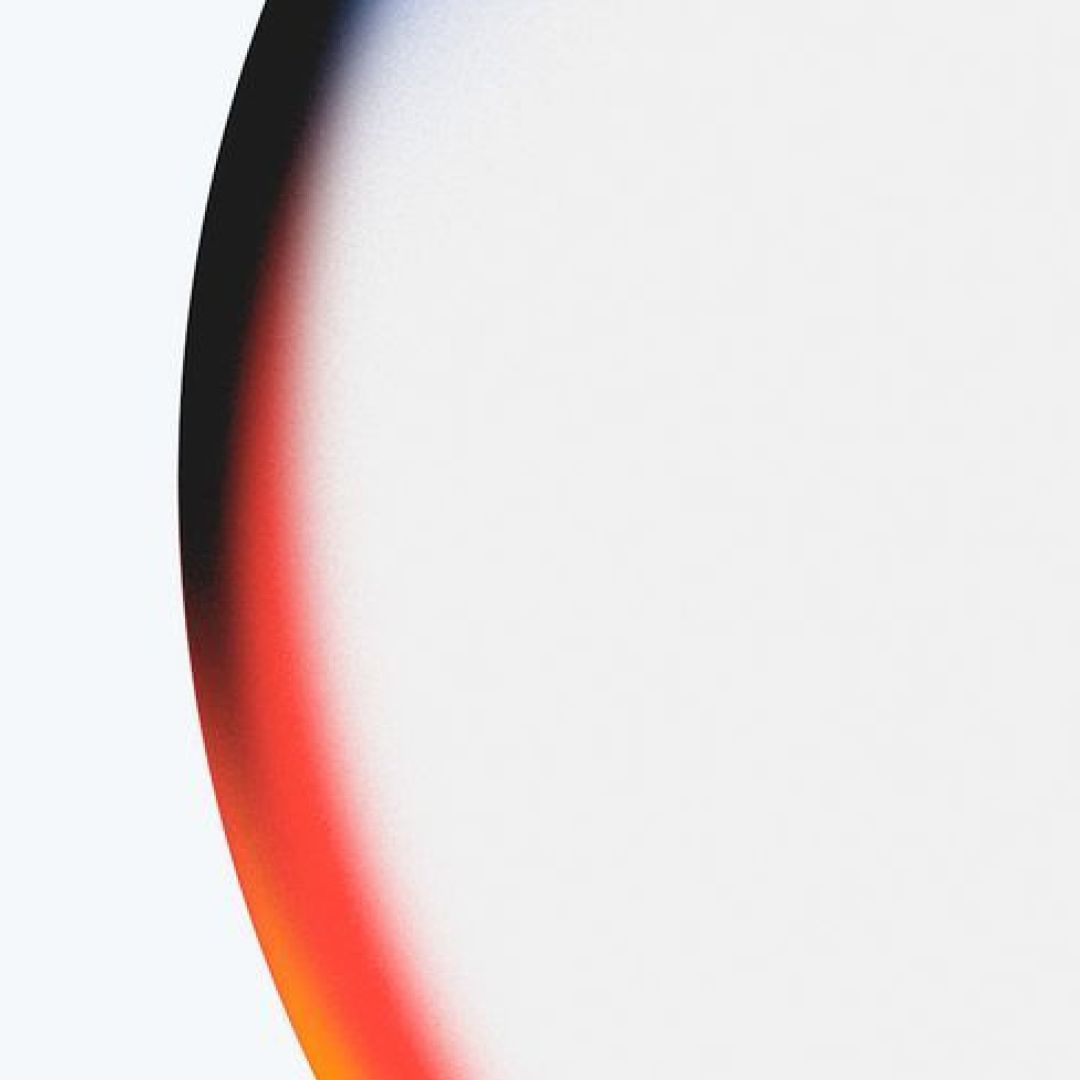Color isn’t just visual—it’s neurological.
The way your brain interprets color is tied directly to how you feel, focus, and function. Different wavelengths activate different pathways in the brain, triggering shifts in cognition, alertness, and mood. This isn’t psychology—it’s physiology.
Here’s why yellow sharpens, and red calms—and how each plays a specific role in sensory performance.
Yellow: The Cognitive Enhancer
Yellow light sits just above blue on the spectrum. While it carries less energy than blue, it still stimulates the visual cortex and activates regions tied to attention and working memory.
What it does:
-
Enhances contrast and clarity—especially under artificial light
-
Boosts alertness without overstimulation
-
Improves visual processing during complex tasks
Think of yellow as your midday mental amplifier. It helps the brain stay sharp in high-input environments like screens, meetings, or focused solo work—without pushing your nervous system into stress response.
Red: The Neurological Downshift
Red light carries longer wavelengths and lower energy. It has minimal impact on melanopsin receptors in the retina—the same ones responsible for triggering alertness. As a result, red light doesn’t signal the brain to stay awake. It does the opposite.
What it does:
-
Preserves melatonin production
-
Activates the parasympathetic nervous system
-
Signals “safe to relax” at a neurological level
Red isn’t passive—it’s purposeful. It tells your system it’s time to downshift. Muscles loosen. Cortisol drops. Brainwave activity shifts toward recovery. It’s a visual cue for calm.
Why It Matters Now
We live under constant mixed-spectrum light—overhead fluorescents, backlit screens, nighttime LEDs. That confusion? Your brain feels it. Color becomes more than an aesthetic—it becomes a lever for neuroregulation.
Use Color Like a Tool
-
Yellow during the day to extend clarity, reduce digital fatigue, and sustain attention
-
Red in the evening to transition out of hypervigilance and into sleep-readiness
-
Match lens color to your current neural demand—stimulate or settle, never both at once
Color is code.
Get the wavelength right, and your brain follows. That’s the system behind RedSpec—optical inputs designed to shift your state with surgical precision.









Leave a comment
This site is protected by hCaptcha and the hCaptcha Privacy Policy and Terms of Service apply.